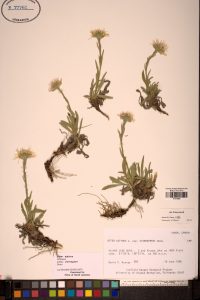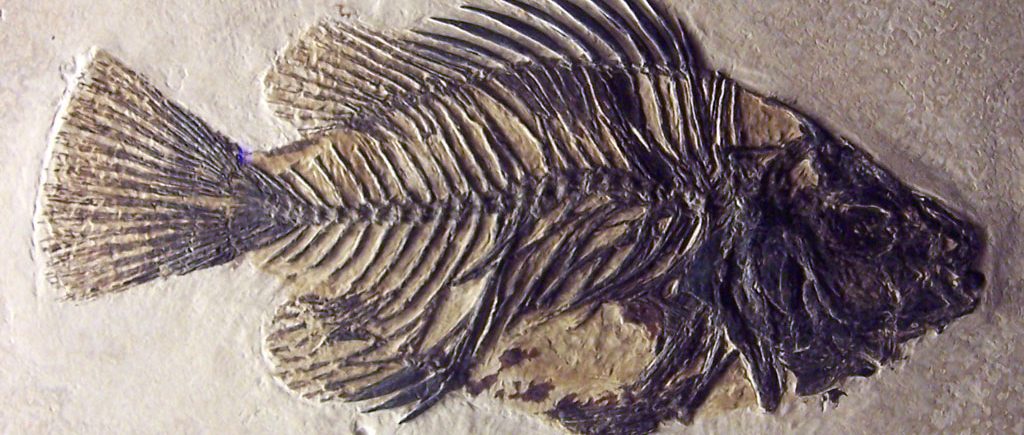
Digitized herbarium sheet of Alpine Aster in the University of Alaska Museum.
Various levels of digitization are possible or desirable, depending on the purpose. A rapid digitization project might photograph herbarium sheets and capture verbatim taxonomy, or photograph paper data and records while entering minimal data, such as Locality ID and geological information. At the other end of the spectrum, a catalog record might have several publication-backed identifications, links to and from GenBank and the Barcode of Life Database (BOLD), relationships to various media, be included in several projects, be linked to and from parasites and co-collected voucher specimens in other collections, and contain user-provided annotations. Largely due to the inherent normalization of Arctos, the entire spectrum of digitized data may exist in, or be linked to and from, Arctos. Data in Arctos are dynamic, and upgrading is a simple and, for most records, continuous process. Data in Arctos, like all collection data, are never finalized – they can always be improved. Finalized record data occur only in static systems or those which do not track usage data.
See iDigBio Digitization Resources for a growing list of links to documents, websites, videos, presentations, and other important information related to biological collection digitization.
